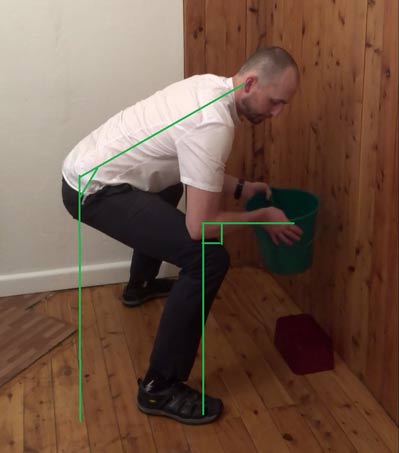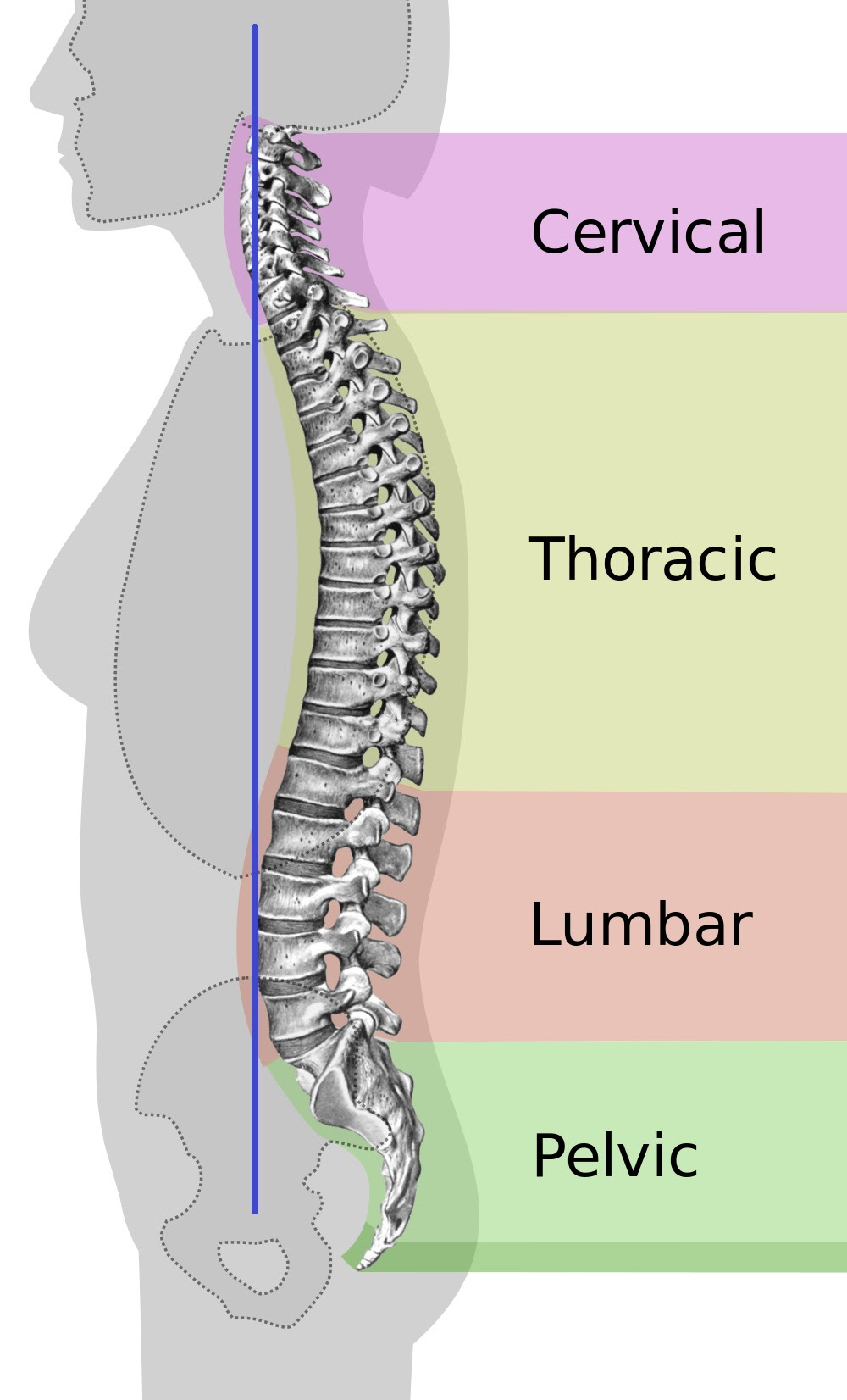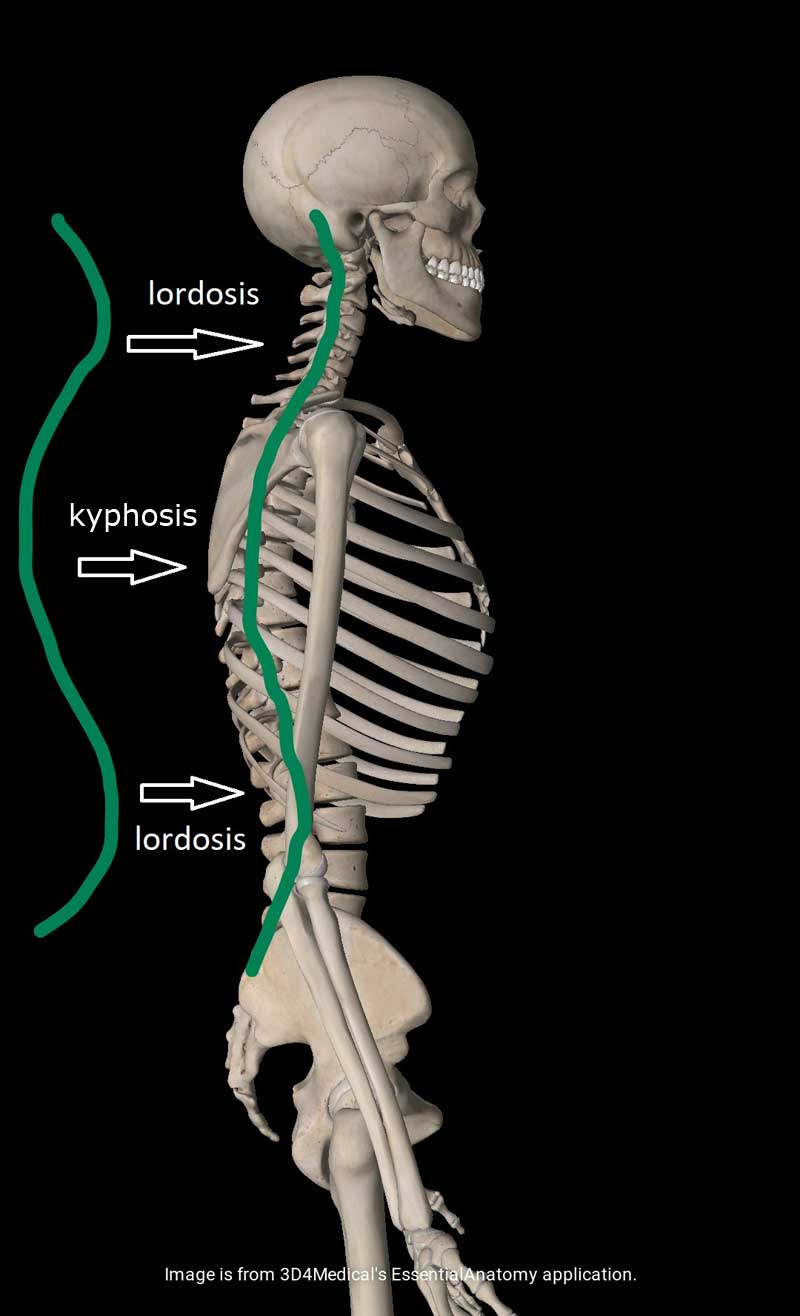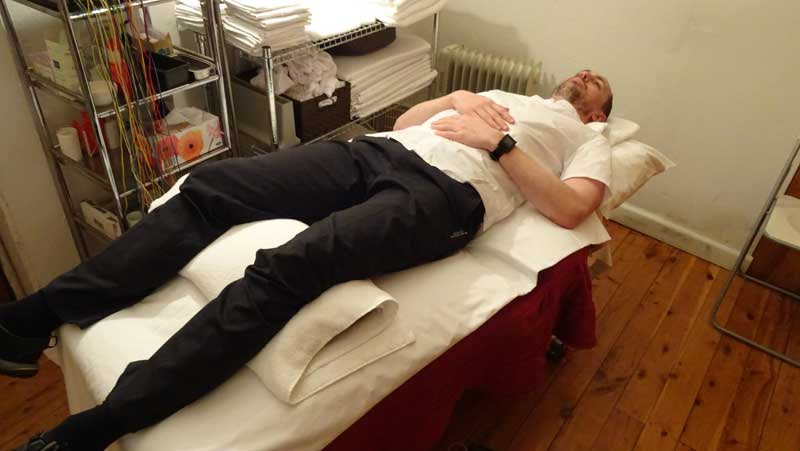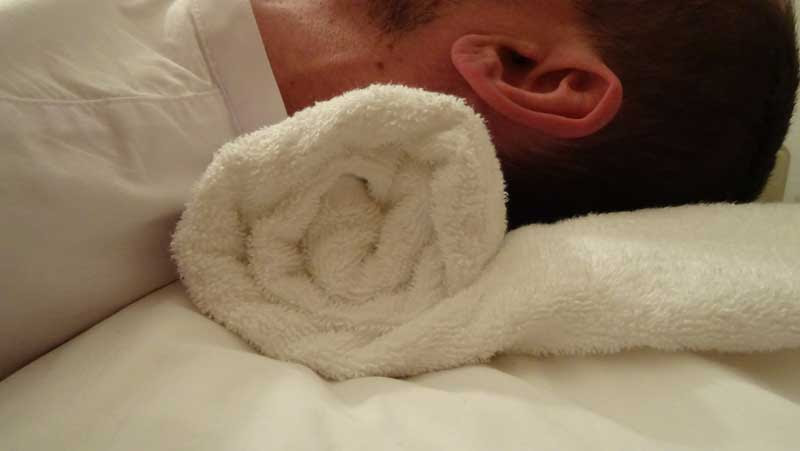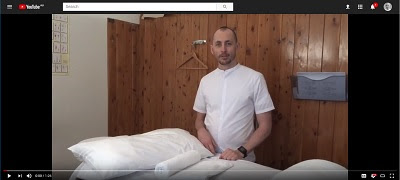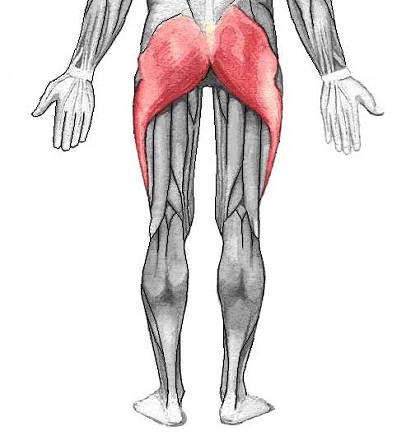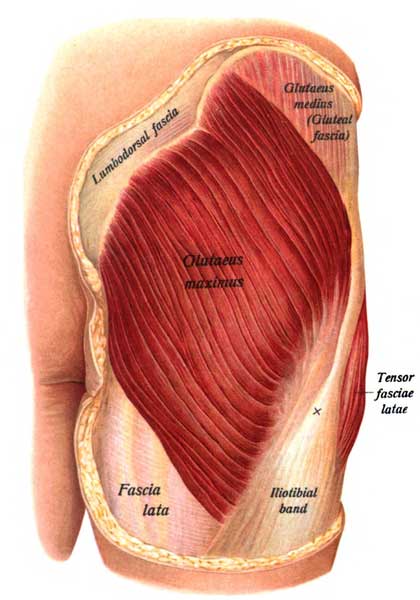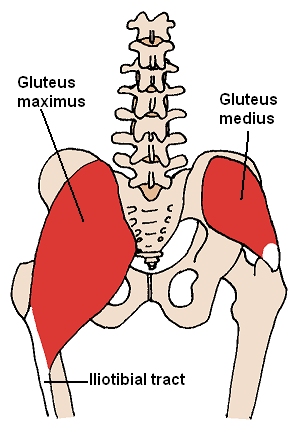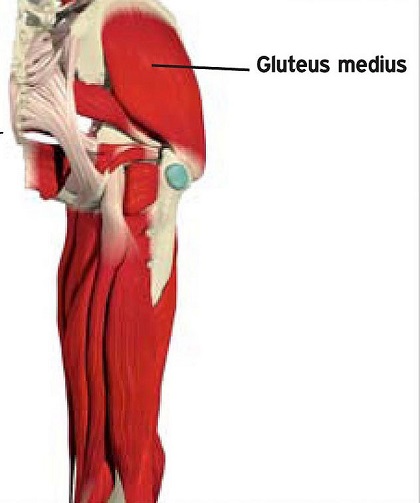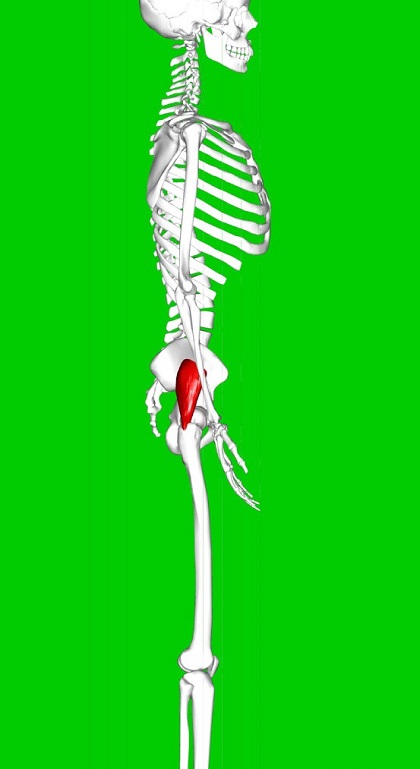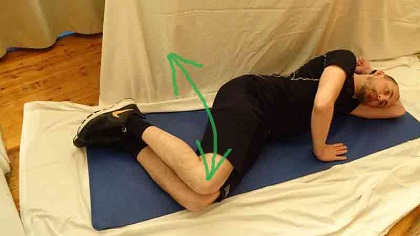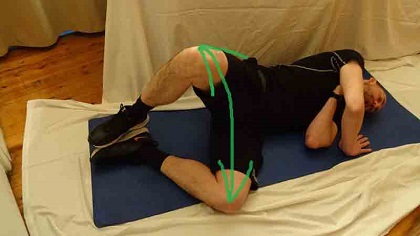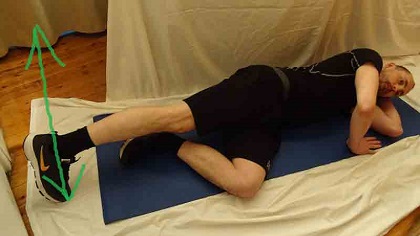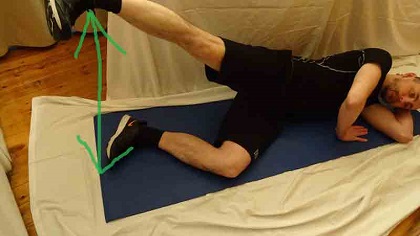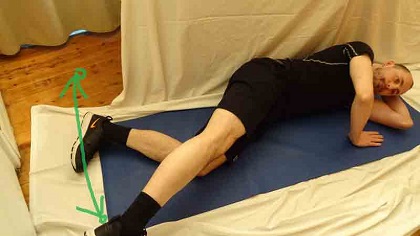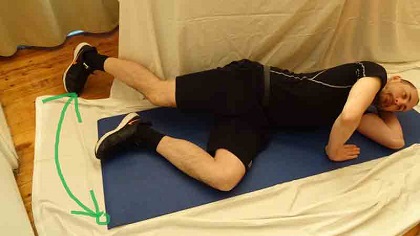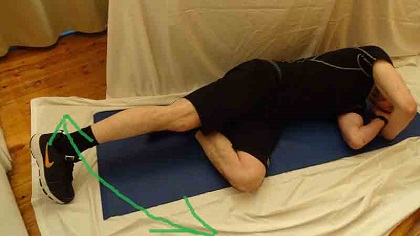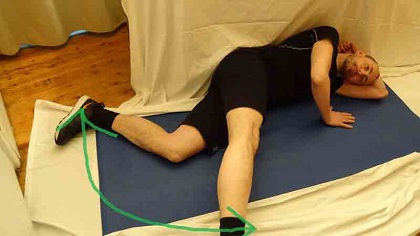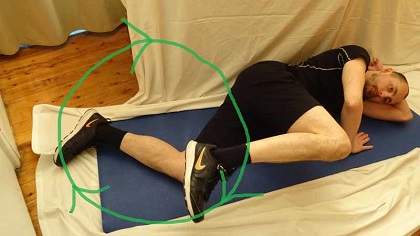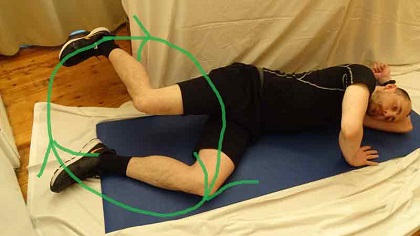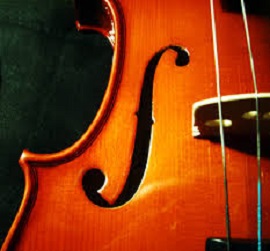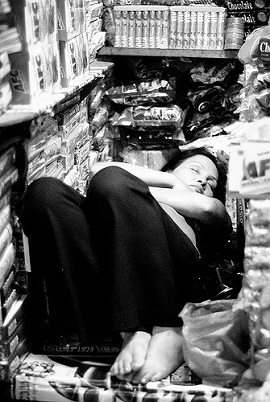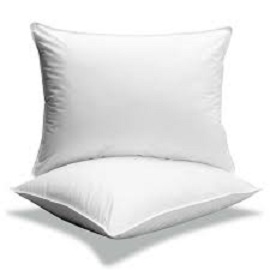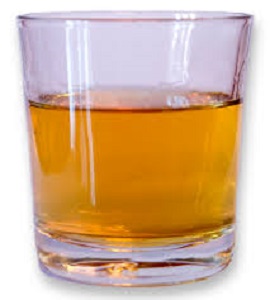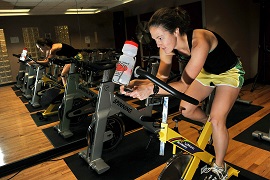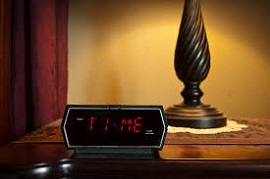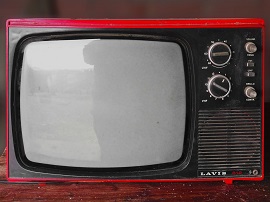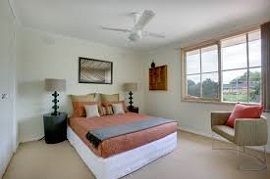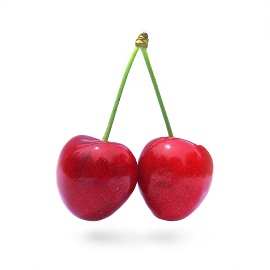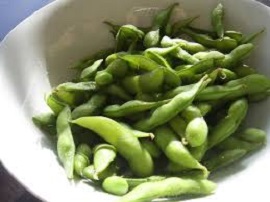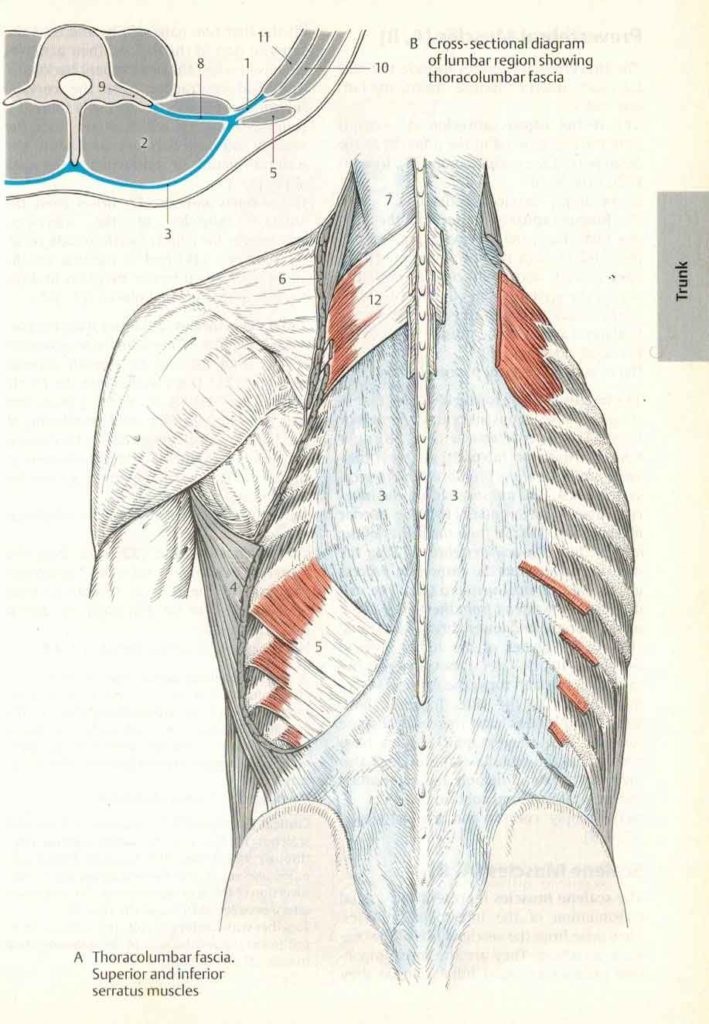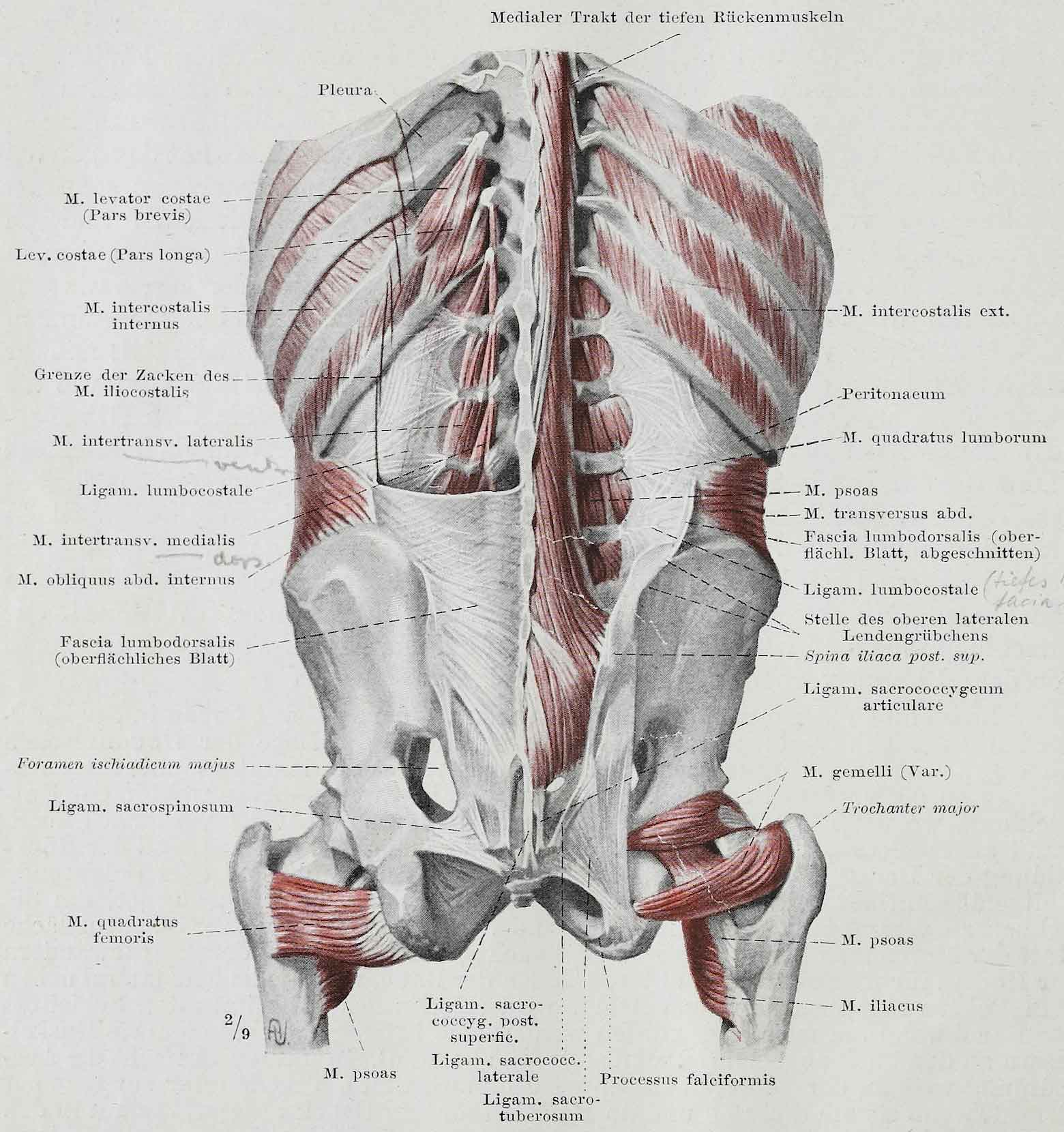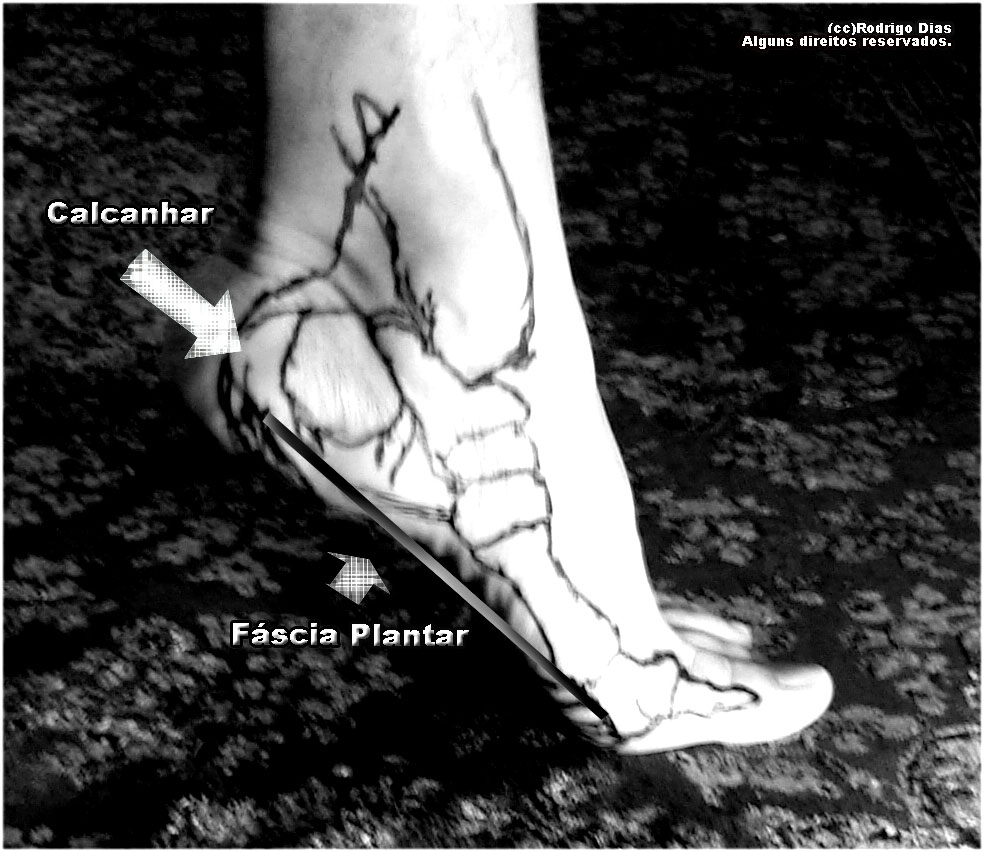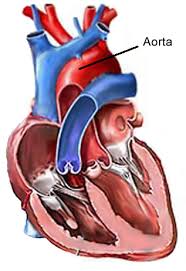Acupuncture is a complete healthcare system with a proven record of success for many physical as well as emotional imbalances. With the ability to target specific pain areas, whilst addressing the overall symmetry of the body, it is the treatment of choice for many patients suffering from back pain.
The beginning of the New Year is a great time to get off to a healthy, balanced start. Contact us at the clinic today for your body tune up.
BACK PAIN IN THE PHYSICAL BODY
Over our lifetime – illness, poor posture, accidents and over-exertion – can lead to sudden, persistent and long lasting back pains. According to recent reports, back pain is the number one cause of job disability all over the world. It has also been reported that Australians alone spend more than $1 billion every year on back pain treatments, not to mention indirect associated costs, such as loss of wages and productivity.
Common causes of back pain:
- Facet Joint Syndrome
- Displaced Intervertebral Discs
- Poor Posture
Facet Joint Syndrome:
Facet or zygapophyseal joints
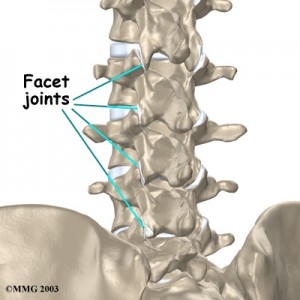
Facet joint syndrome is a common culprit of back pain. The facets joints are synovial joints* located between the vertebrae of your spine and are responsible for the elasticity of your back. Nerves from the spinal cord feed through these facet joints to other parts of the body. They enable the movement of the spinal column and when swollen and irritated become painful.
A common symptom you may have experienced is a sharp, focused, stabbing pain in the muscles next to the spine, often intensifying when you breathe in deeply. These joints can also become inflamed from over-use. Or, like other joints in the body, suffer from degenerative diseases such as osteoarthritis. Once the joint has been released and has regained movement, the pain will dissipate and it can recover.
* A “Synovial Joint” is a joint that is surrounded by a flexible, membrane-formed sac containing fluid that lubricates the joint. These joints are highly innervated by nerve fibers, and can become very painful when restricted, caught or stuck. When you get a “pop” or “crack” in the joint, it is an indication the joint has been mobilized, and range of motion has been regained.
Displaced Intervertebral Discs:
Intervertebral Discs
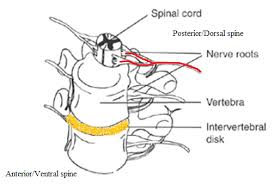
Displaced intervertebral discs are another common cause of back pain. The intervertebral discs are spongy cushions that connect the vertebrae of the spine. These discs are responsible for important tasks including; shock absorbing, keeping the vertebral column stable and providing flexible points to allow movement. Made up of two parts: An outer shell and a jelly-like contents, they are able to tolerate a lot of pressure, but over exertion can compromise the outer shell, pushing the jelly-like contents out, causing pain.
Over time, the discs will suffer some wear and tear. They can lose height; from compressive loading of standing upright, or bulge out; from side bending or torsional loading from twisting, often from incorrectly lifting a heavy load, resulting in a sudden, sharp, debilitating pain. The good news is that even with disc injury, the body can repair itself to a great extent and become healthy again.
Poor Posture:
Back pain can be the result of poor posture: body and spine misalignment while standing, sitting in chairs that are not supportive, shoulders hunched over looking at a computer screen, incorrect or no exercise, even wearing the wrong types of shoes can cause back pain. It may be worthwhile to address Lifestyle factors and consider changes to reduce the risk of injury and increase the opportunity for a balanced body.
Acupuncture Treatment for Back Pain:
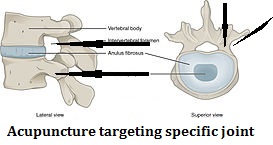
It is estimated that a person will experience severe back pain at least once if their lifetime, and most sufferers of back pain will recover completely. Given time and the right treatment plan, back pain can be resolved in days to, if extremely chronic, several months.
Acupuncture and massage aid greatly to speed up the healing process, by targeting the specific dysfunctioning joints and addressing the overall symmetry of the body. It’s also important to identify any underlying disharmonies that may be contributing to the condition. For example, a weak immune system may be hindering the clearing of inflammation of a joint. Acupuncture also assists in treating these underlying disharmonies, and when used in conjunction with massage, reduces tension, clears inflammation, and promotes healthy alignment of the spine and overall balance of the body.

